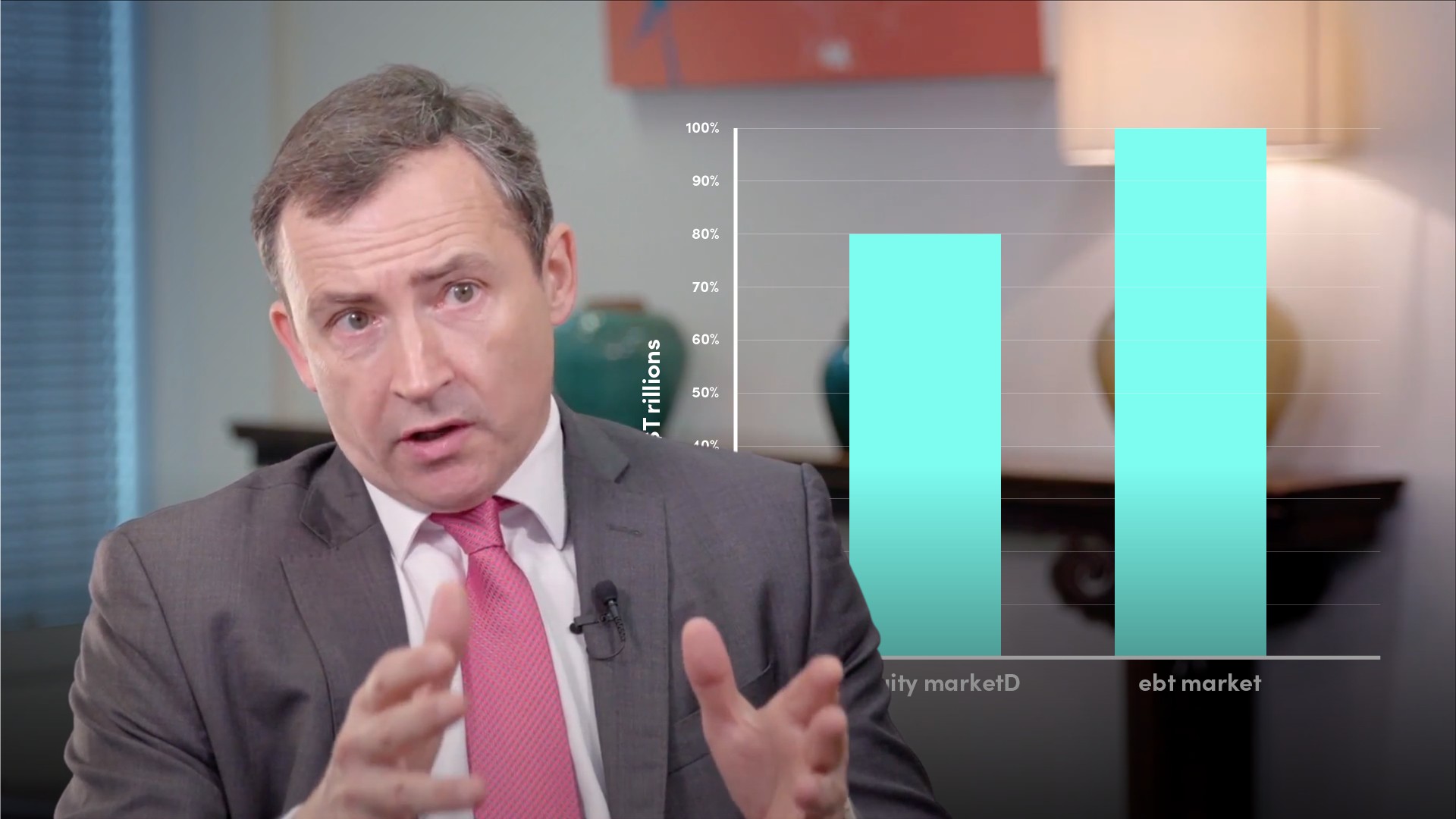
Eurobond Market
Eurobonds are nothing to do with the euro currency and in many cases do not necessarily have a relationship with Europe. The eurobond market originated in Europe, before the birth of the Euro, however, as a cross-border market for bonds issued and distributed outside the country in whose currency they are denominated; bonds denominated, that is, in what have come to be known as eurocurrencies. But the concept is global. Traditionally, eurobonds -- bonds denominated in eurocurrencies -- are syndicated by an international panel of banks, are withholding tax free and sold in bearer form. The eurobond market a.k.a. the euromarket was created in 1963 following implementation of a tax levied on US investors buying foreign securities (the so-called Interest Equalization Tax) to reduce capital flowing out of the US in order to reduce the current account deficit. This spawned the creation of the eurobond market. The US post World War 2 Marshall Plan, and the decision by the Soviet Union to deposit its US dollars away from US banks to put them beyond the reach of the US during the Cold War, resulted in a huge build-up of US dollars in Western Europe. These came to be known as eurodollars, which borrowers could access and avoid the higher funding costs, and listing and disclosure requirements of the Yankee (US foreign bond) market. Following subsequent US investment restrictions, US multinationals began financing their international subsidiaries in the euromarket. Over time, a wide array of global issuers (sovereigns, corporates and financial institutions) tapped this market in a broad array of currencies and the eurobond market evolved into a multi-trillion dollar equivalent funding market, one of the most significant in the world.


